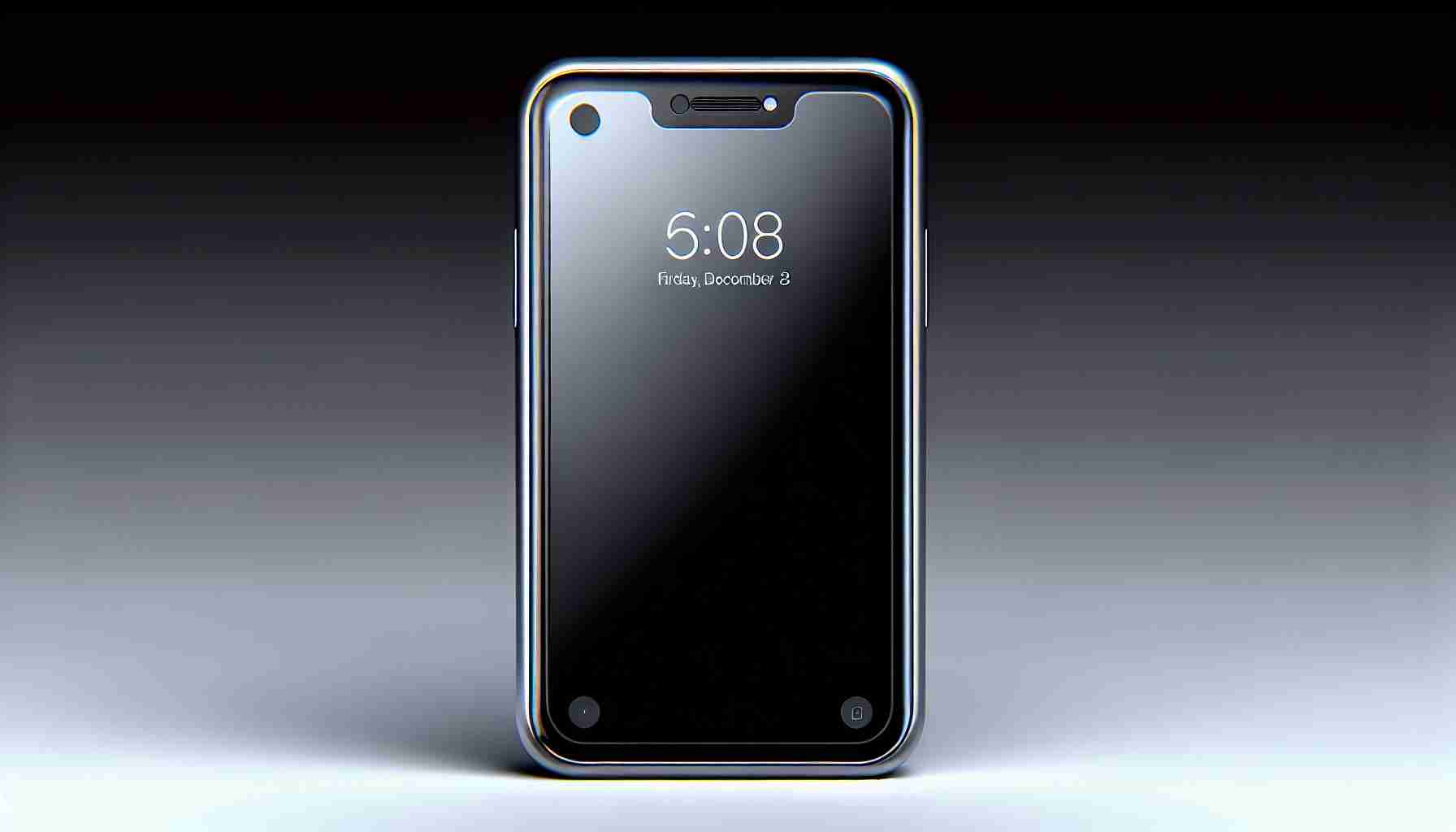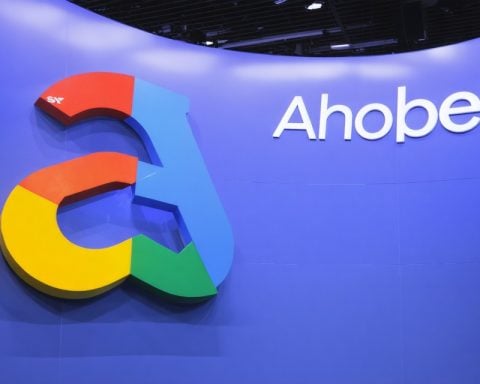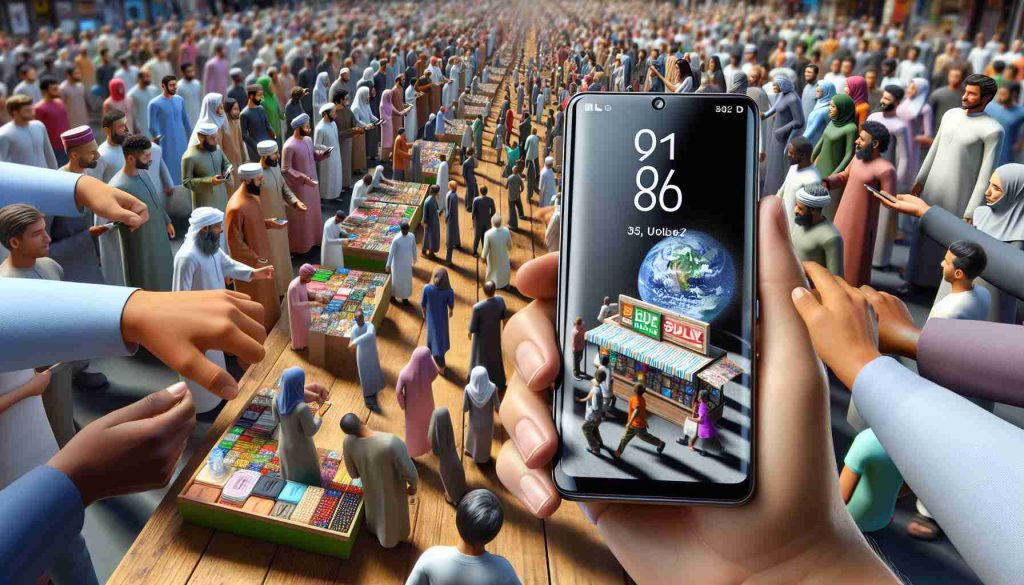The landscape of today’s smartphone industry might seem dominated by giants like BlackBerry and iPhone, but it was the IBM Simon Personal Communicator that truly paved the way. Released in 1994, this groundbreaking device was the world’s first true smartphone, integrating the functions of a mobile phone with a personal digital assistant (PDA).
IBM Simon was revolutionary because it combined phone capabilities with advanced computing features, becoming a trailblazer in mobile technology. Its touch screen allowed users to make calls and offered the ability to send emails, fax documents, and manage a calendar. Despite its innovative features, the device struggled to gain widespread popularity due to its high price.
However, Simon’s debut marked a significant milestone in tech history, laying the groundwork for future innovations. As the first of its kind, it demonstrated the potential of mobile devices, encouraging the development of more advanced technology.
As the smartphone concept evolved, BlackBerry emerged on the scene, capturing the business sector with its robust email and messaging functions. These features made it a staple among professionals, solidifying its place in the annals of smartphone history.
Then, in 2007, the launch of iPhone transformed the industry. With its intuitive touch screen and user-friendly design, it not only reinvented the way we interact with our phones but also set the standard for modern smart devices. The iPhone triggered a global smartphone revolution, making advanced mobile technology accessible and appealing to the masses.
The Hidden Players in the Smartphone Revolution
In the constantly evolving world of smartphones, many lesser-known but highly influential devices and companies have shaped the landscape alongside the more recognized giants like BlackBerry and iPhone. These entities played crucial roles, leaving lasting impacts that continue to resonate in today’s technology-driven society.
The Japanese Innovation: Kyocera Visual Phone VP-210
Few may have heard of the Kyocera Visual Phone VP-210, yet it holds the distinction of being the world’s first mobile phone equipped with a camera when it was released in 1999. This innovative leap allowed users to take and send pictures, setting the precedent for mobile photography which has since become a cornerstone feature in smartphones worldwide. The power of visual communication transformed not only personal interactions but also influenced journalism, social media, and advertising industries by allowing instant content sharing.
Impact on Social Dynamics
Camera phones have drastically altered social practices. They empower individuals to capture moments instantly and share them with a global audience, influencing lifestyle trends and creating digital communities based around visual content. However, they also raise privacy concerns, as the ability to photograph and record anonymously can lead to ethical issues such as unauthorized surveillance and invasion of privacy.
Google’s Role Beyond Android
Many associate Google with its Android operating system, but Google’s influence extends beyond software. Partnerships and innovations like Google Pixel smartphones have been pivotal in driving advances in AI integration in mobile technology, including sophisticated camera capabilities, real-time language translation, and smart home connectivity. These developments enrich user experience by offering seamless integration of technology into daily life.
Advantages and Disadvantages
The progression of smartphones offers undeniable benefits: enhanced connectivity, access to information, and powerful tools for personal and professional productivity. They have also democratized technology, providing platforms for creativity, business, and education. Conversely, the drawbacks include addiction to screens, digital privacy issues, and the digital divide, which some communities face due to lack of access to high-tech devices.
Finnish Forward Thinking: Nokia’s Role
Nokia’s role in the evolution of mobile technology is often overshadowed by the likes of Apple and Samsung. Yet, the Finnish company pioneered many innovations, such as installing the first mobile game, “Snake,” which popularized mobile gaming. Nokia phones were known for their durability and long-lasting battery life, which are still valued traits today. Their failure to adapt quickly to the touchscreen era is often cited as a significant misstep in business strategies.
Questions the Industry Faces
As technology evolves, key questions arise: How will 5G and future network advancements transform smartphone capabilities? Will ethical concerns over data use and privacy result in stricter regulations? How will emerging markets shape demand as global connectivity infrastructure improves?
In answering these questions, we must consider multiple perspectives and potential implications, assessing how they might benefit or challenge societies moving forward.
For more on smartphone innovations and trends, check these links:
Android
Apple























